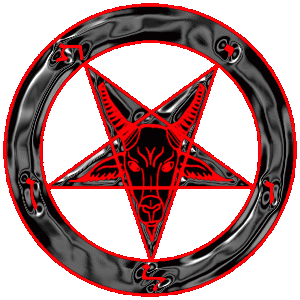
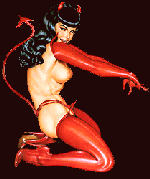 Necromancy
Necromancy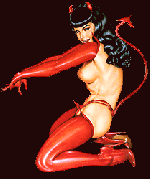
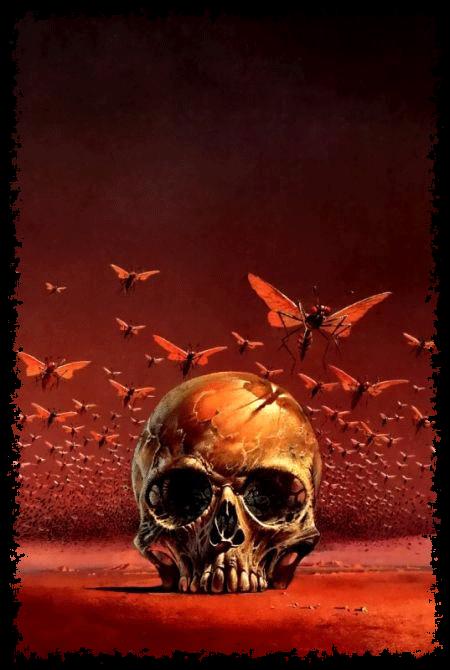

Necromancy
The picture shows John Dee and
Edward Kelley practicing Necromancy.
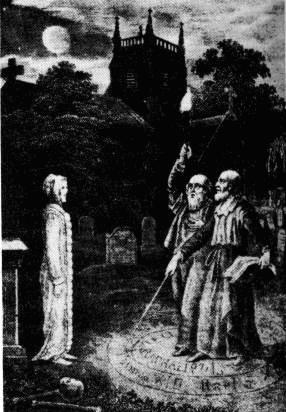
The blackest of all the black
arts is undoubtedly necromancy,
the ancient method of communication
with the dead.
The art of raising the dead and
controlling their spirits takes its name from
Greek words meaning "dead" and
"divination".
Necromancy can be divided into
two main branches:
Divination by means of ghosts,
and divination from corpses.
The second method leads to the
disinterment of corpses and rifling of graves
for grisly charms which magicians
and witches consider necessary for the effective
performance of the magical arts.
Necromancy is a universal
practice of great antiquity, only the profoundly initiated,
brave and single-minded magician
has any chance of success in such a venture,
always considered to be extremely
dangerous, for not only is a pact with the
Devil necessary, but it is thought
that the "astral corpse" has an intense desire
to live again and could, by absorbing
life-energy from living creatures, prolong its
life indefinitely, thus, unless
he has taken adequate precautions,
the magician might be in great
danger.
To evoke the dead the magician
needs to obtain the help of powerful spirits,
both for his own protection and
to compel the corpse or ghost to submit to his will.
A spell from ancient Greece calls
upon the powers of the mighty
Kore, Persephone, Ereshkigal,
Adonis, Hermes and Thoth,
to bind the dead. According to
a ritual described by Seneca,
the Roman dramatist, the summoning
of the dead involves not only a burnt sacrifice
but a blood-drenched altar.
Scent and odours must be carefully
produced from
burning substances for their
powerful influences.
Elaborate preparations include
careful study of the positions of the planets,
and especially of the moon and
the influence of Saturn.
The site for the operation has
to be chosen with care, the most favorable is
some lonely crossroads, a vault,
a ruin, an unfrequented forest,
or a blasted heath.
Once a time is decided upon for
the operation, a series of concentric circles
of power must be drawn on the
ground within which are inscribed crosses
and other symbols, together with
holy names of God.
The circle must be blessed and
consecrated, with the magician and his assistant
standing at its centre, protected
by the holy names from all danger. Then, wand in hand, the magician summons
the dead to rise, using names of power.
Eliphas Levi and other magicians
have suggested the need for some attempt
at identification between the
living and the dead, as for example the presence
of a portrait, and a portion
of bread which the ghost would be invited to consume.
In his evocation, the magician
summons the dead by name and, if he is successful,
he has to face the frightening
ordeal of a phantom screaming and gibbering with
rage at having been compelled
against its will to return to the realms of the living.
Sometimes the dead appears in
the shapes of furious beasts raging about
the circle and threatening to
tear the sorcerer to pieces.
When the dead finally decides
to submit to the magician's will he often
becomes transformed into a naked
men who is willing to answer the questions put to him.
After the operation it is necessary
to dismiss the dead, who usually vanishes amid
clouds of sulphur. Under no circumstances
the magician should leave the protection
of the magic circle before this.
He also has to remove all flowers from the place and after burning them,
to bury the ashes deeply in the earth.
The whole operation is fraught
with terrible dangers, for the slightest departure
from the rites could involve
the destruction of the operator and even
inflict injuries upon his soul.
Definition:
Necromancy is the act of conjuring
the dead for divination.
Necromancy is not to be confused
with conjuring devils or demons for help.
Necromancy (nekros, "dead", and
manteia, "divination").
Necromancy is a special mode
of divination by the evocation of the dead.
This e-book provides general
information about Necromancy.
The classic case of necromancy
is the witch of Endor, described in the Bible (1 Samuel 28),
who summoned the spirit of Samuel
in the presence of Saul.
Necromancy is divination by raising
the spirits of the dead.
Necromancy in history. Methods
of Necromancy.
Necromancy has had a long and
very disparate history between cultures and generations.
The practice of consulting the
dead.
Jews and Christians are both forbidden
from practicing necromancy.
As long as man has believed in
the spirits of the dead, he has believed that
there is some way to summon them.
Or divination by means of the spirits of the dead,
from the Greek work `nekos',
dead; and `manteria', divination.
It is through its Italian form
nigromancia that it came to be known as the "Black Art".
Contact with the Dead. Necromancy
is a dark and dangerous practice so
make sure that you stand in your
magic circle to protect yourself from evil spirits
this form of spiritism was popular
in the late 1880's to the early 1900's.
The name for this form of spiritism
is necromancy.
Necromancy is divination by raising
the spirits of the dead.
The word derives from... Talking
to the Dead.
Necromancy is communication with
the dead and is absolutely forbidden by Holy Scripture.
Necromancy - The practice of
supposedly communicating with the
spirits of the dead in order
to predict the future. The media is full of mediums!
from beyond the grave.
The rituals of Necromancy are
a part of magic that few modern Witches have tried to execute.

